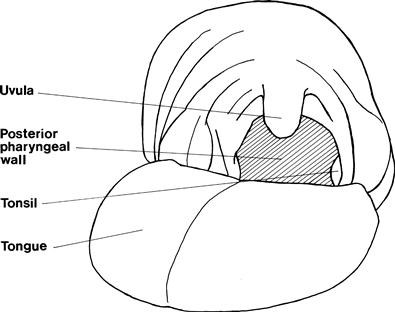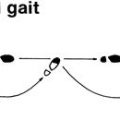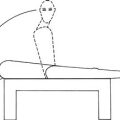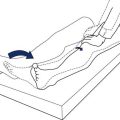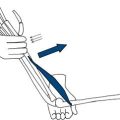Cranial Nerves IX, X, XII
The Mouth
BACKGROUND
Glossopharyngeal nerve: IX
Vagus nerve: X
MOUTH AND TONGUE: WHAT TO DO
Ask the patient to open his mouth.
Ask the patient to put out his tongue.
MOUTH: WHAT YOU FIND AND WHAT IT MEANS
PHARYNX: WHAT TO DO
Look at the position of the uvula.
If you cannot see the uvula, use a tongue depressor.
Ask the patient to say ‘Ahh’.
Look at the uvula.
Additional testing:
If the patient is alert and co-operative and sitting up and swallowing appears safe, ask the patient to swallow (provide a glass of water).
GAG REFLEX: WHAT TO DO
Afferent: glossopharyngeal nerve. Efferent: vagus.
PHARYNX AND GAG REFLEX: WHAT YOU FIND
LARYNX: WHAT TO DO
Ask the patient to cough.
Listen to the onset.
Listen to the speech (see Chapter 3).
Laryngoscopy
Direct visualisation of the vocal cords can be achieved through laryngoscopy, which allows the position of the vocal cords and their movement to be assessed. This normally requires an ENT opinion.

